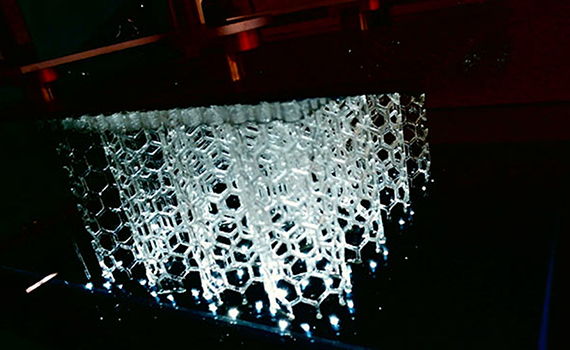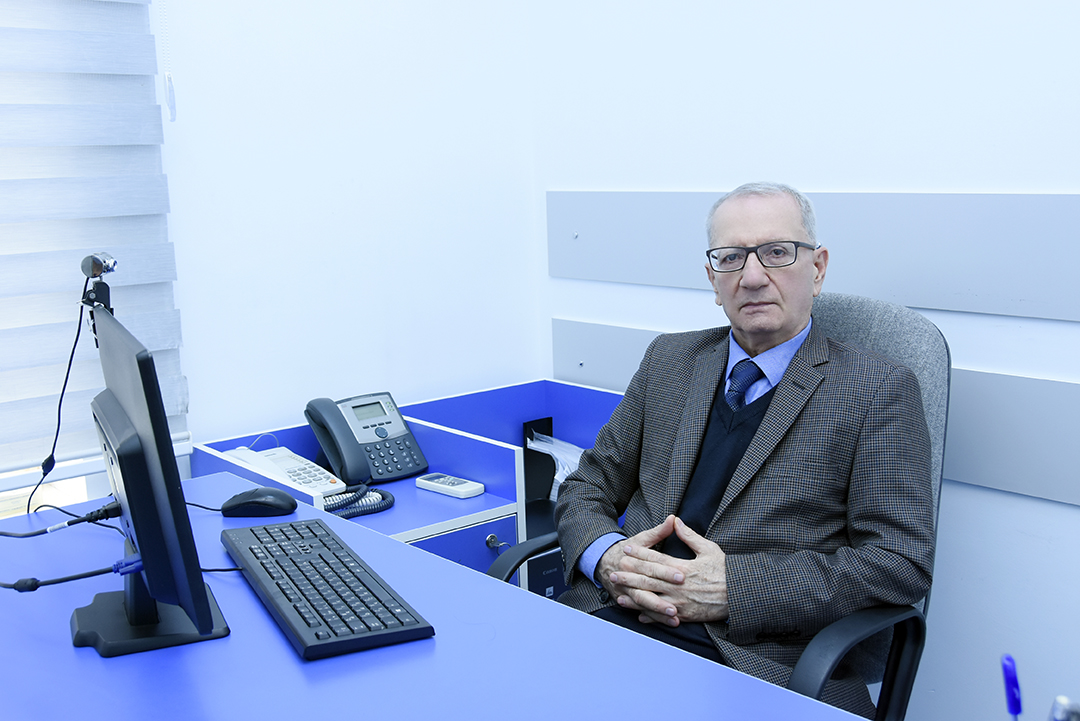NEWS
The world's fastest 3D HARP printer can revolutionize the industry

A team of engineers from Northwestern University (Illinois, USA) introduced 3D printing technology HARP (high-area rapid printing, fast printing over a large area). This printer with a substrate area of 2322 sq.cm. and with a maximum height of 4 m can print at a speed of almost 50 cm / h, which allows you to grow, for example, a full-sized figure of a person in 2-3 hours.
HARP is based on stereolithography technology, in which the molten liquid resin solidifies under the influence of ultraviolet light. It appeared about four years ago and was full of flaws, the main of which was too much heat. The higher the print speed, the more intense the radiation, the higher the energy consumption and the less time for the freshly created fragments to cool. A superheated structure is prone to deformation and destruction.
American researchers have found a solution in the form of "liquid Teflon" - an analogue of non-stick liquid that flows through a transparent tube in the path of an ultraviolet ray. The liquid removes most of the heat and removes it to the cooling circuit, and the resin hardens under radiation. This design still consumes a lot of energy, but now it does not overheat. And if you figure out how to extract excess heat, HARP technology can become much more economical.
Another advantage of HARP, in addition to speed, is print accuracy. Unlike 3D printers for large parts, it uses high-resolution drawings, so the products immediately have a final shape and do not require additional processing. The developers claim that with HARP it will be possible to print so much and so fast that it will compete with other types of production of large components for different industries. Technology will hit the market in the next 18 months.



